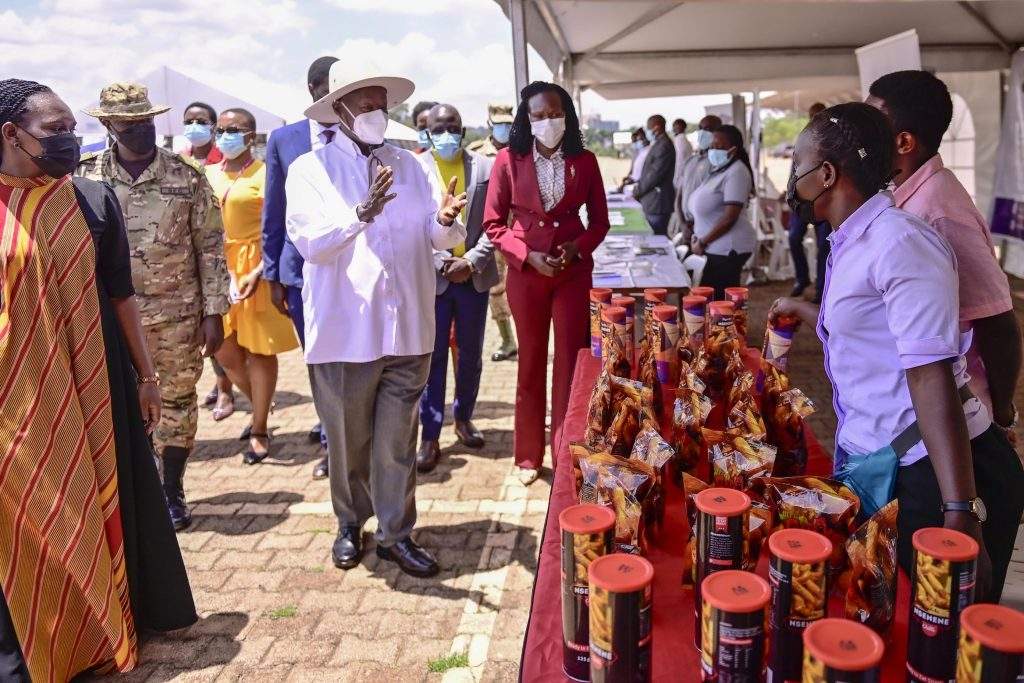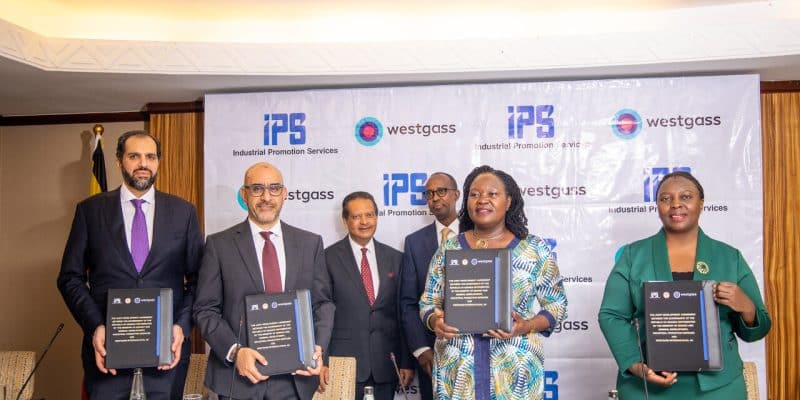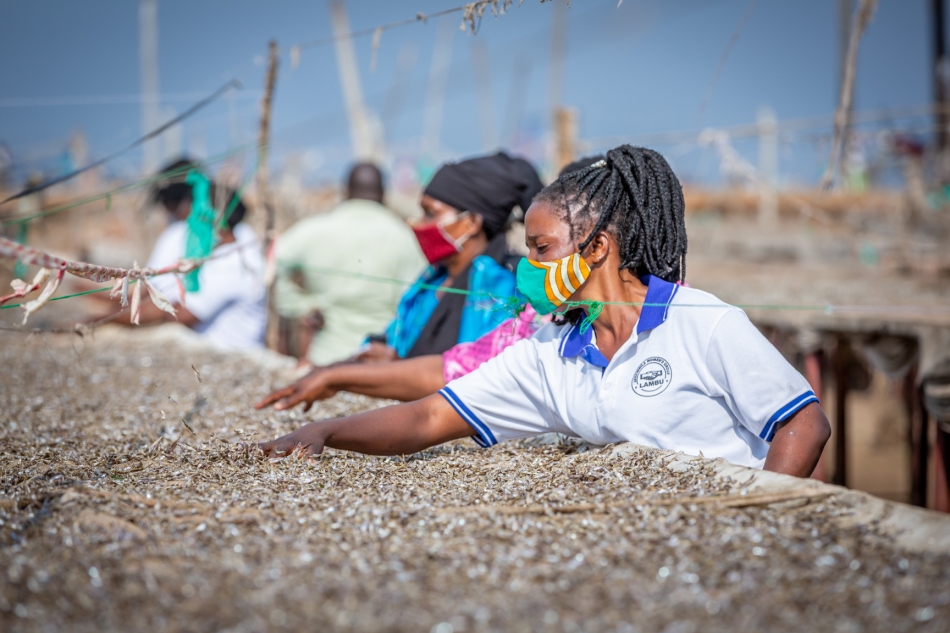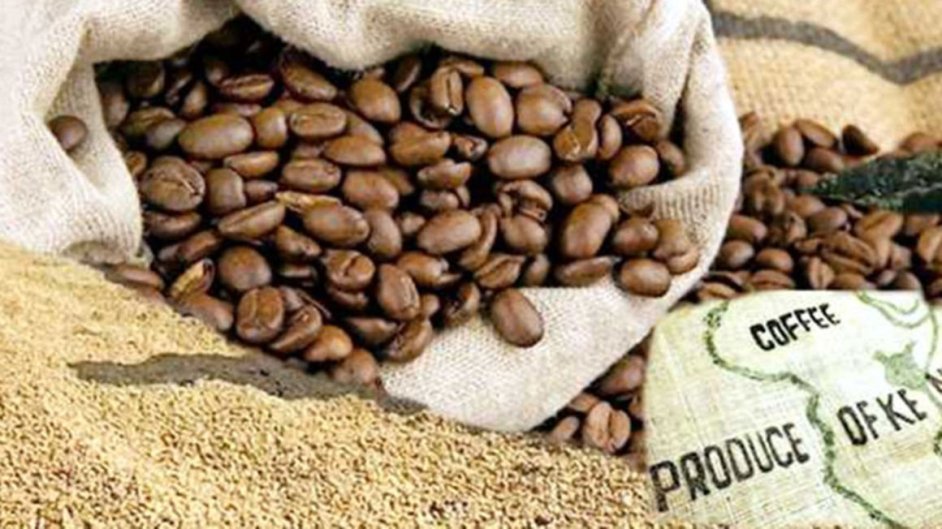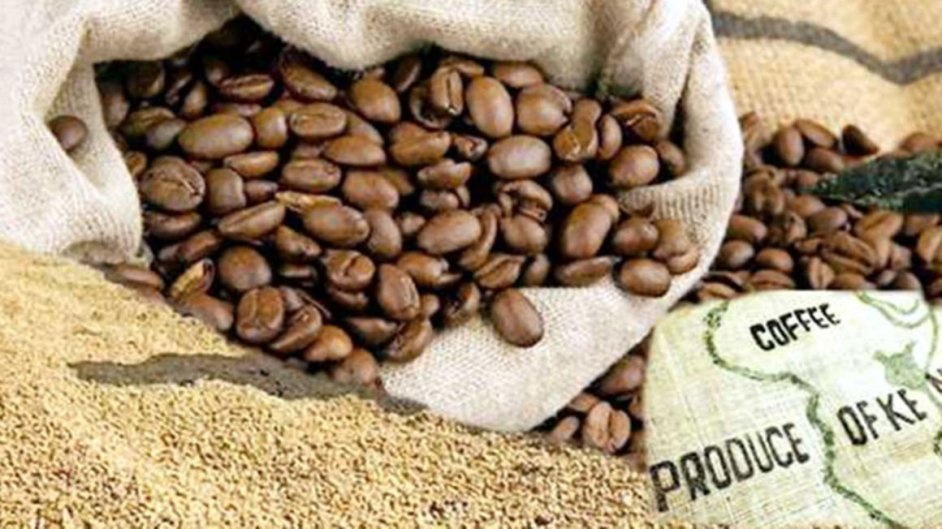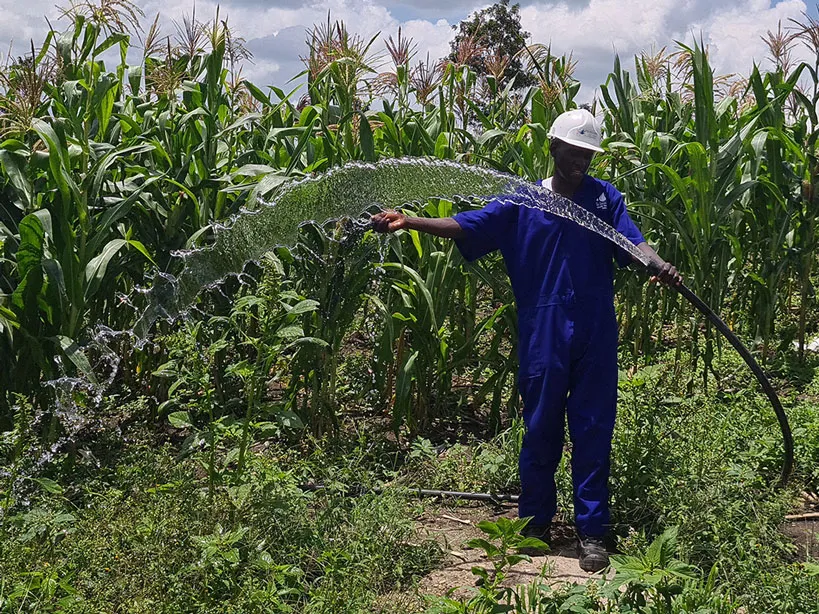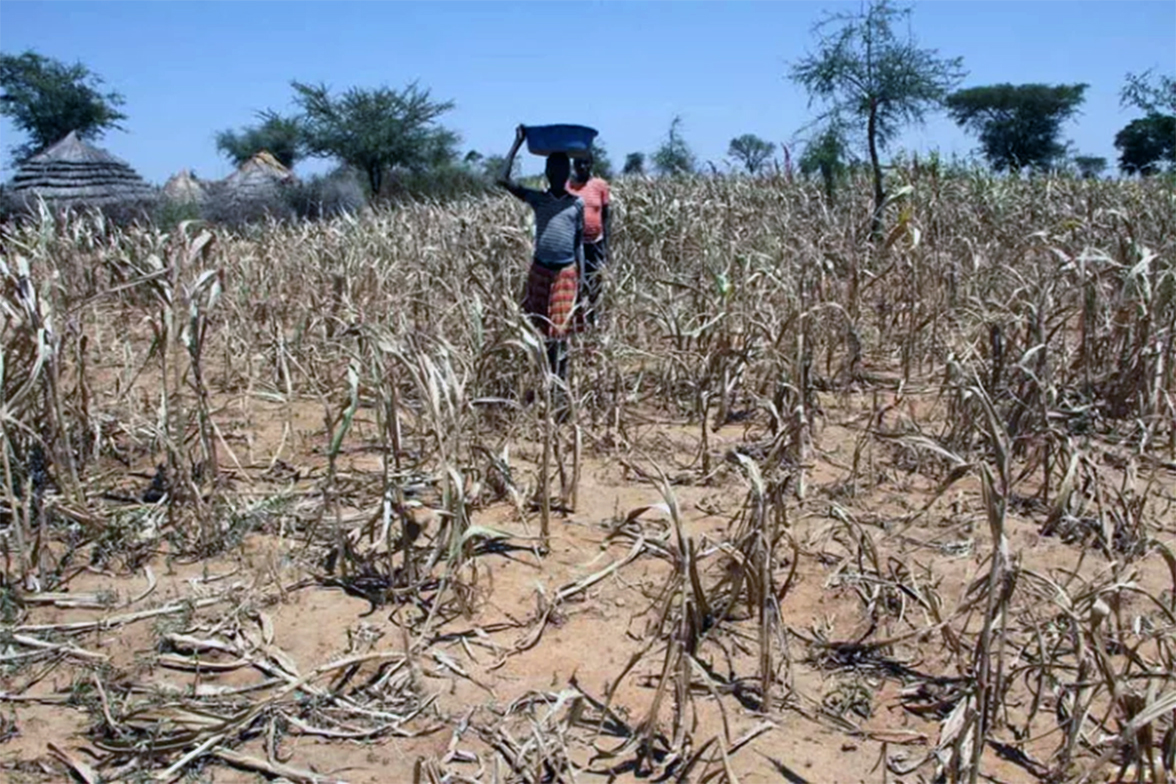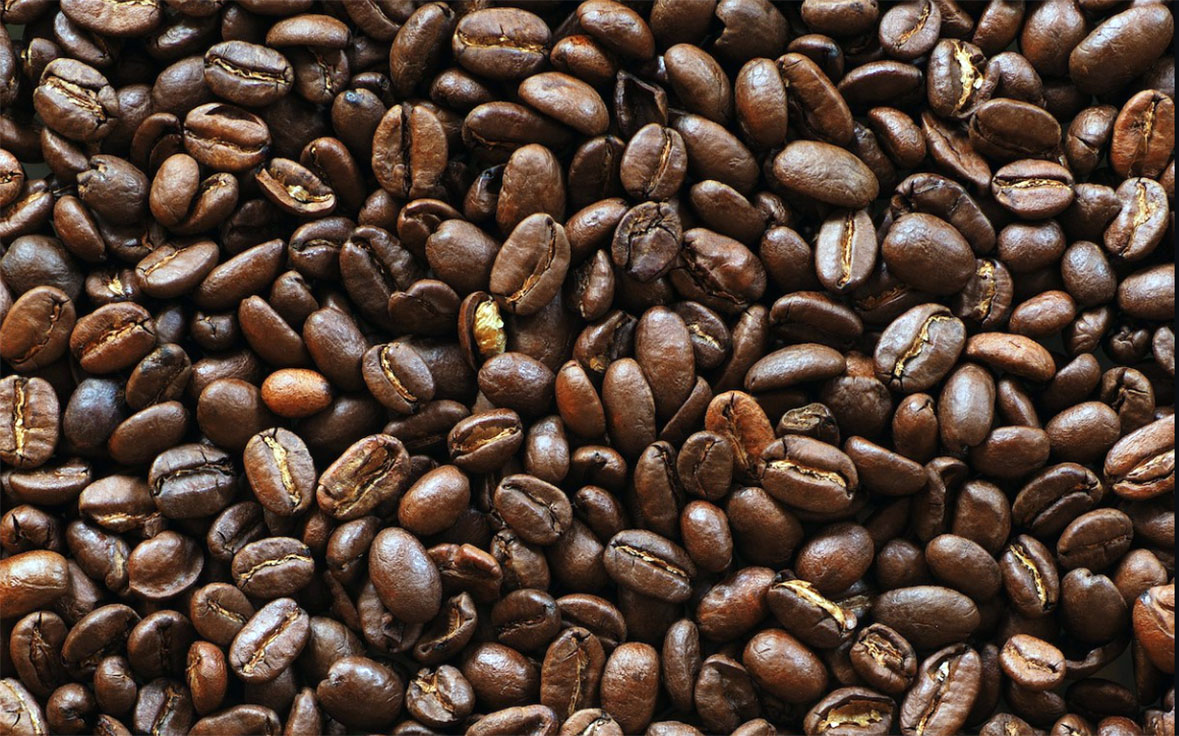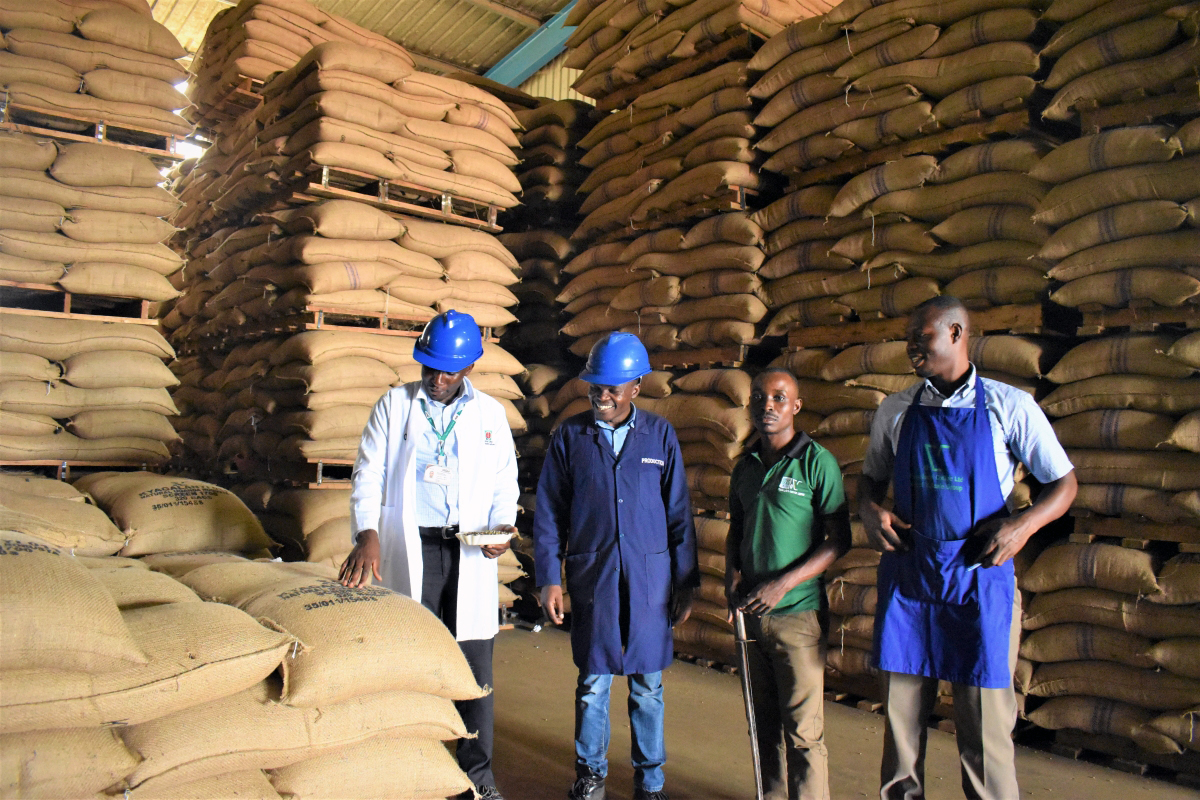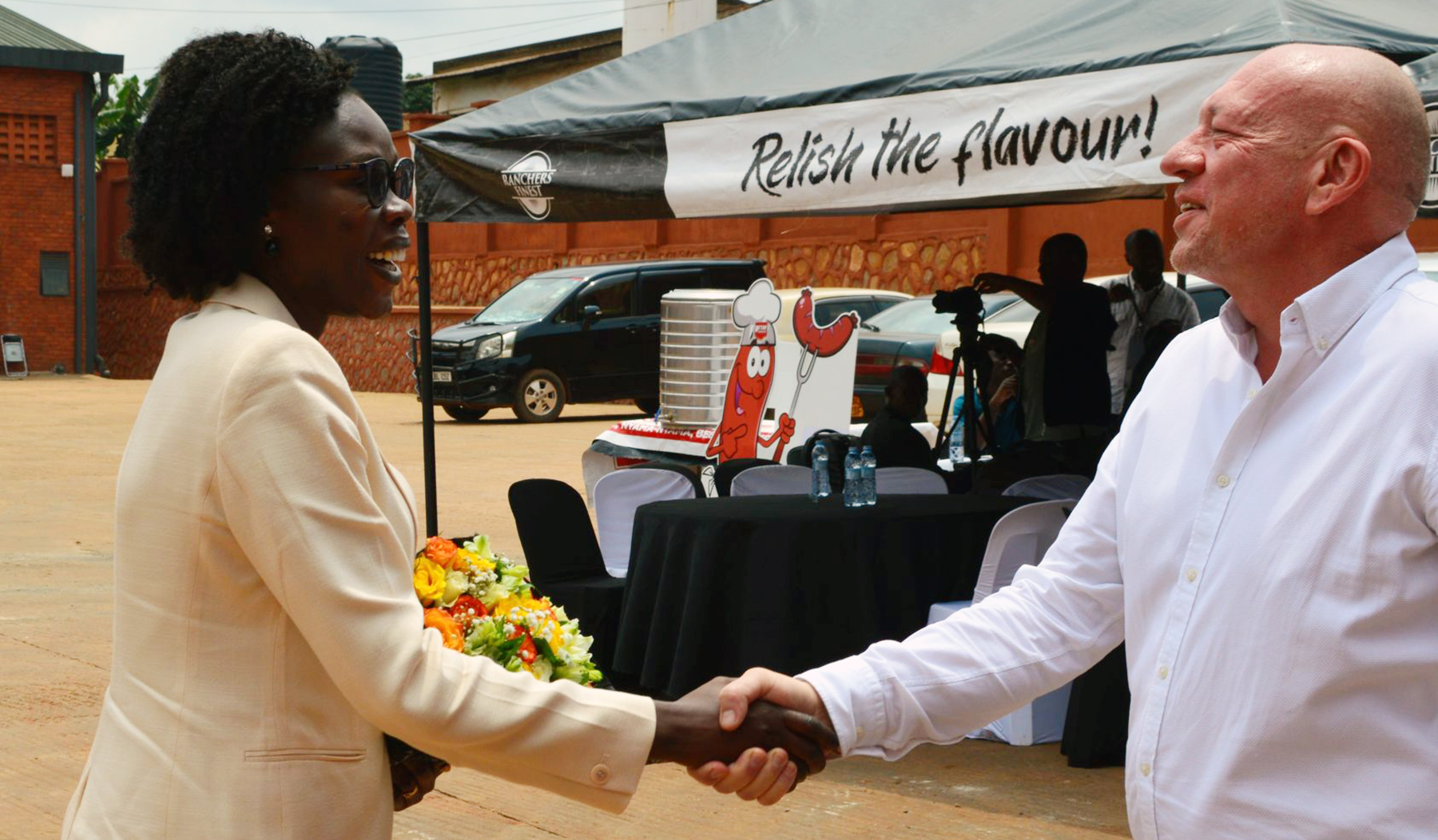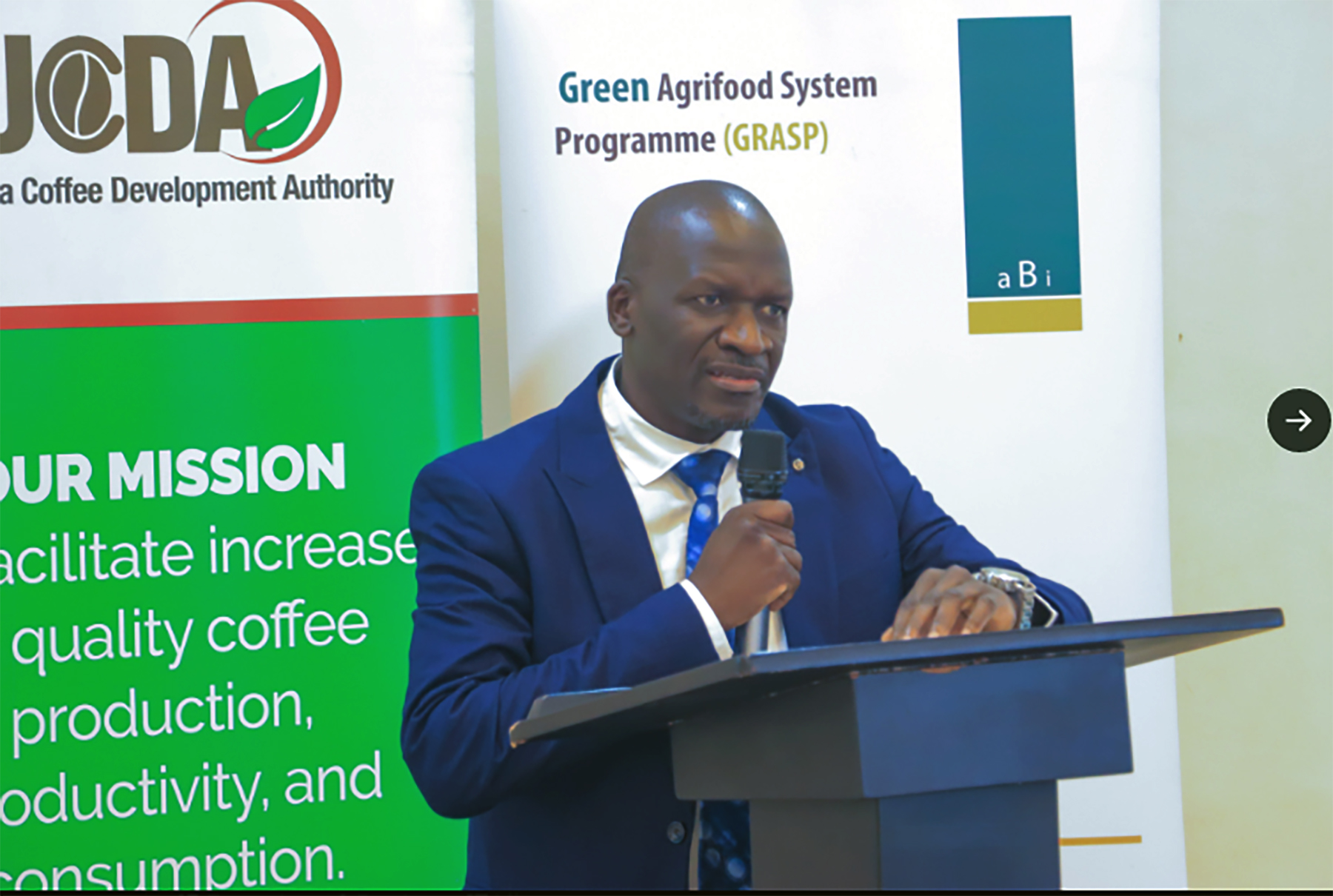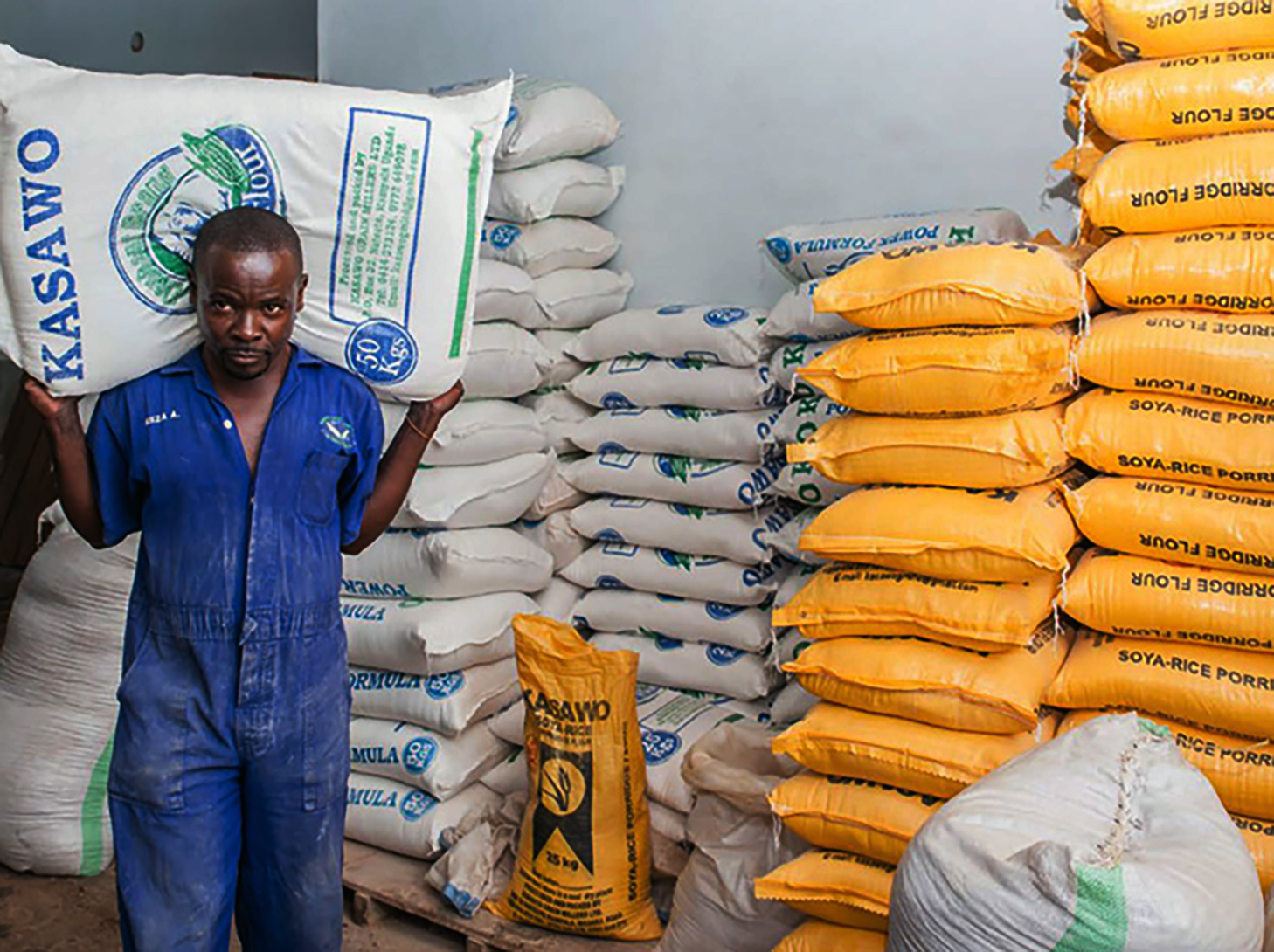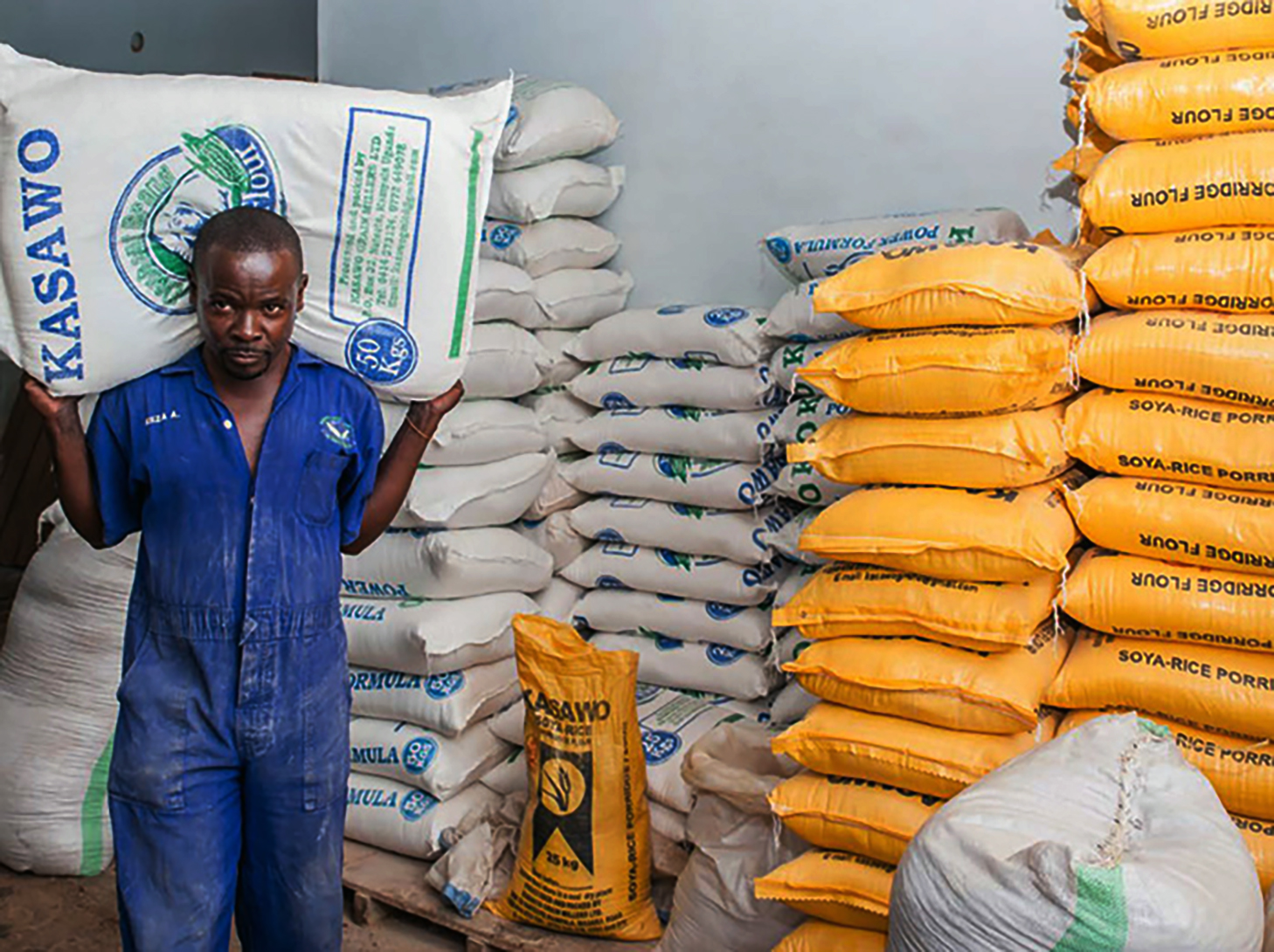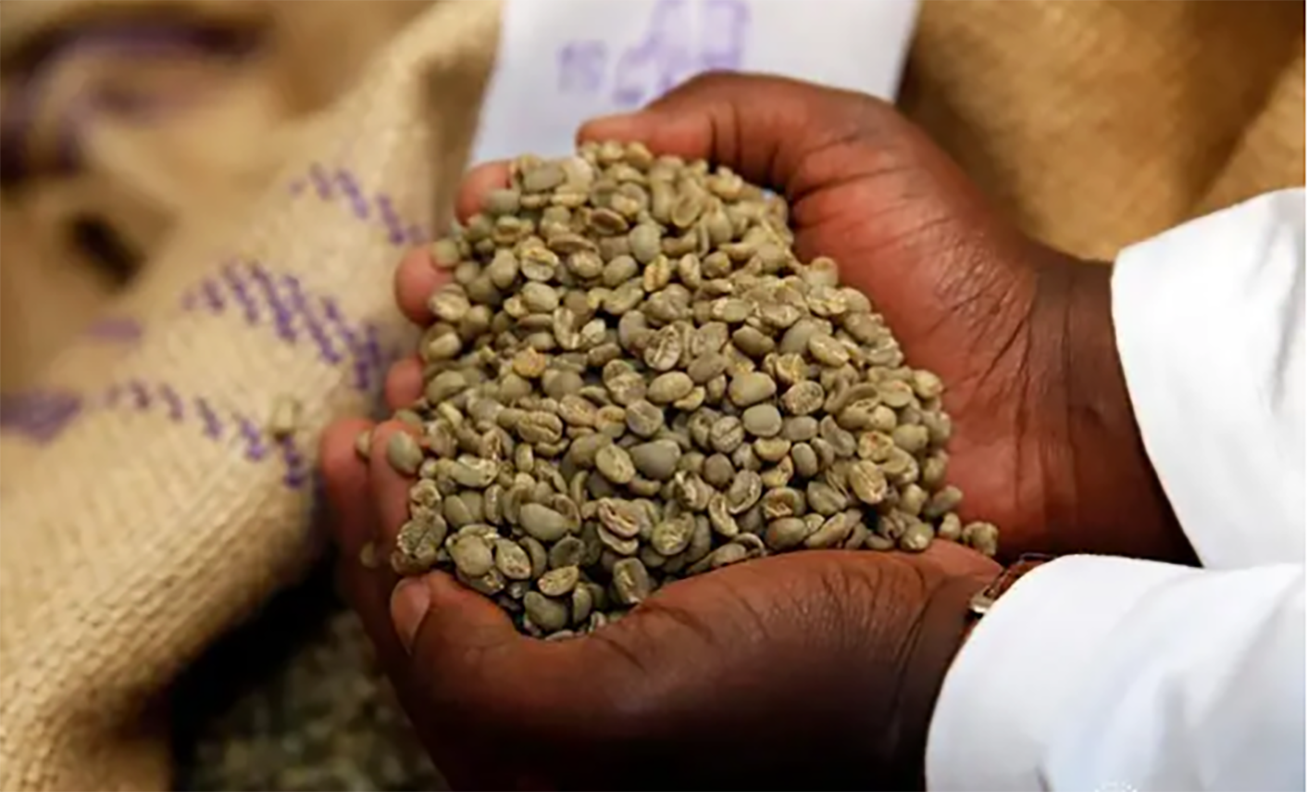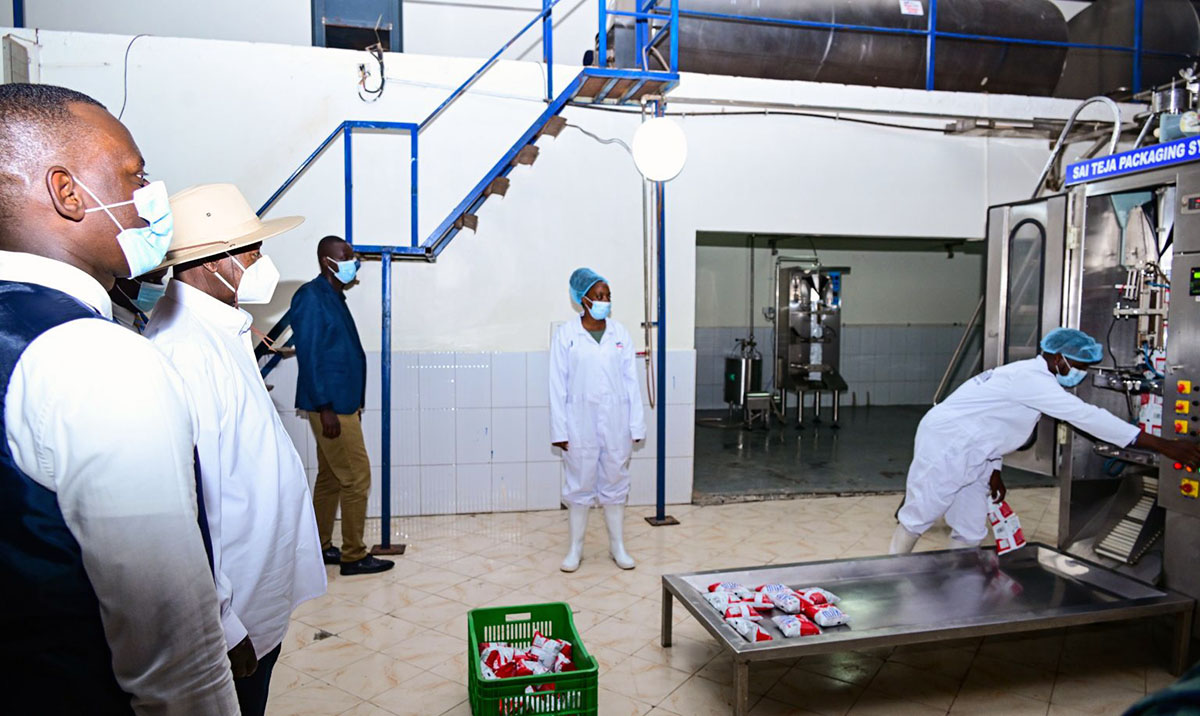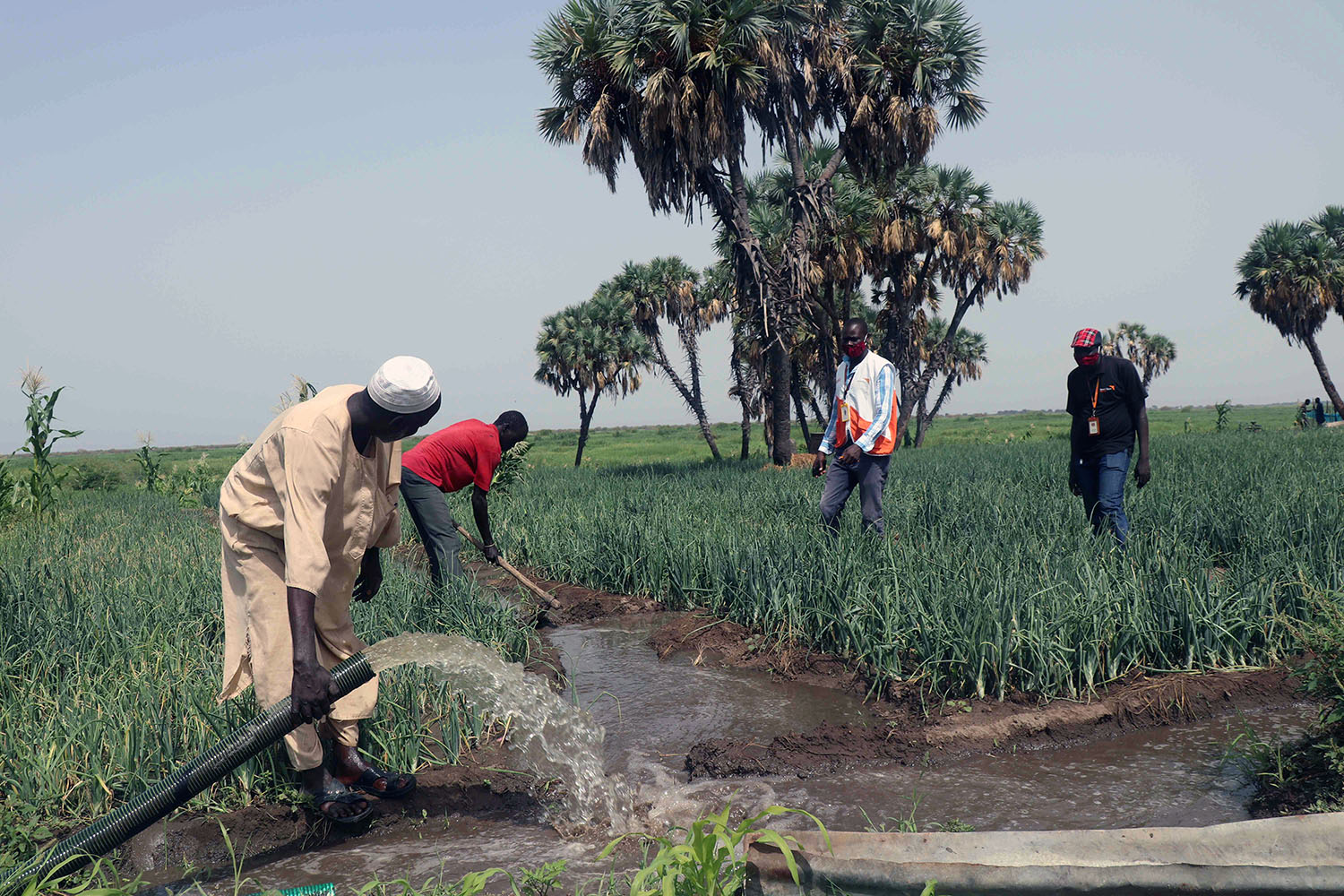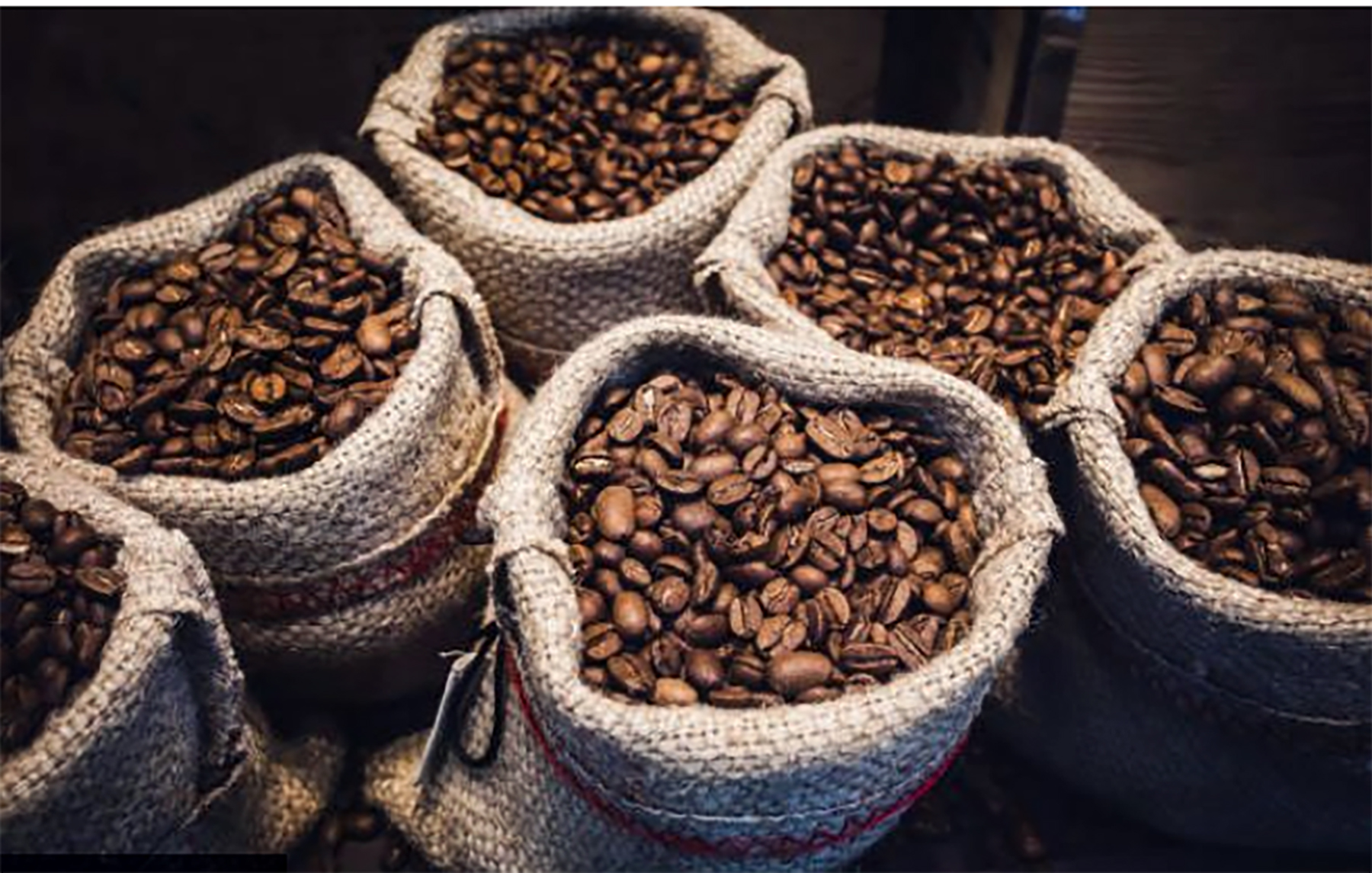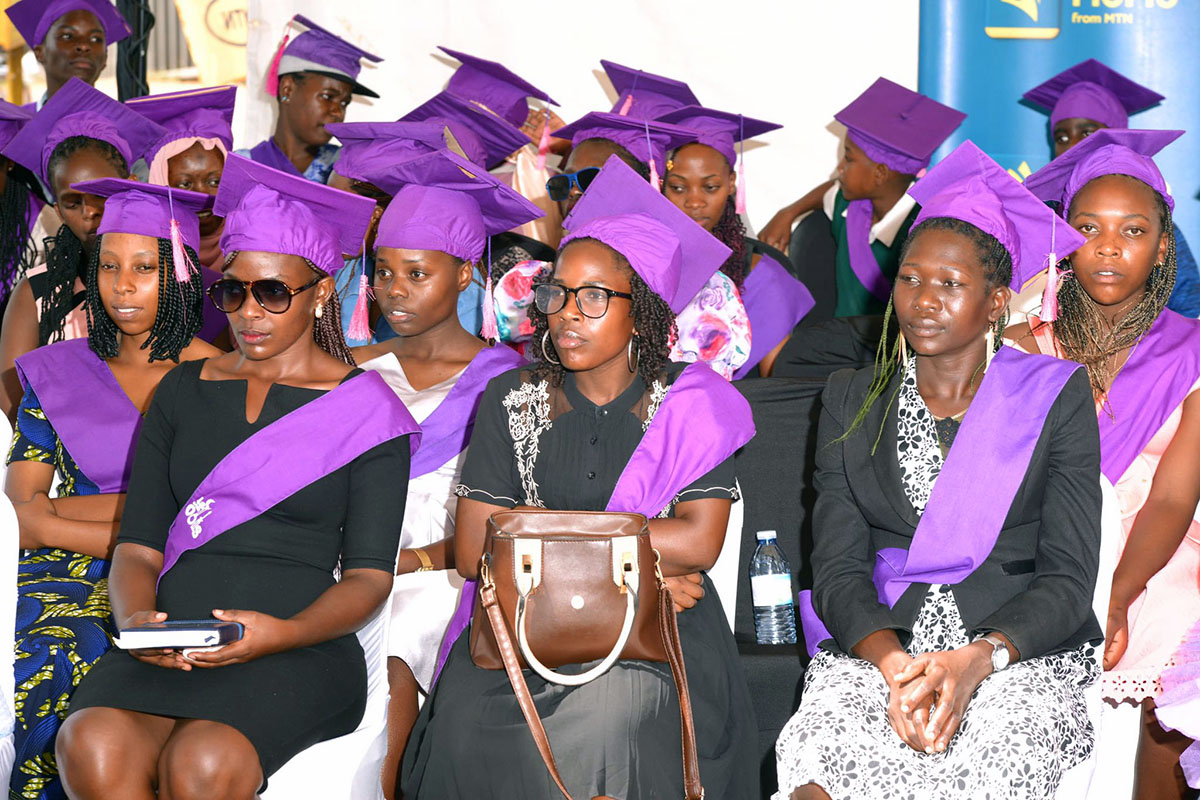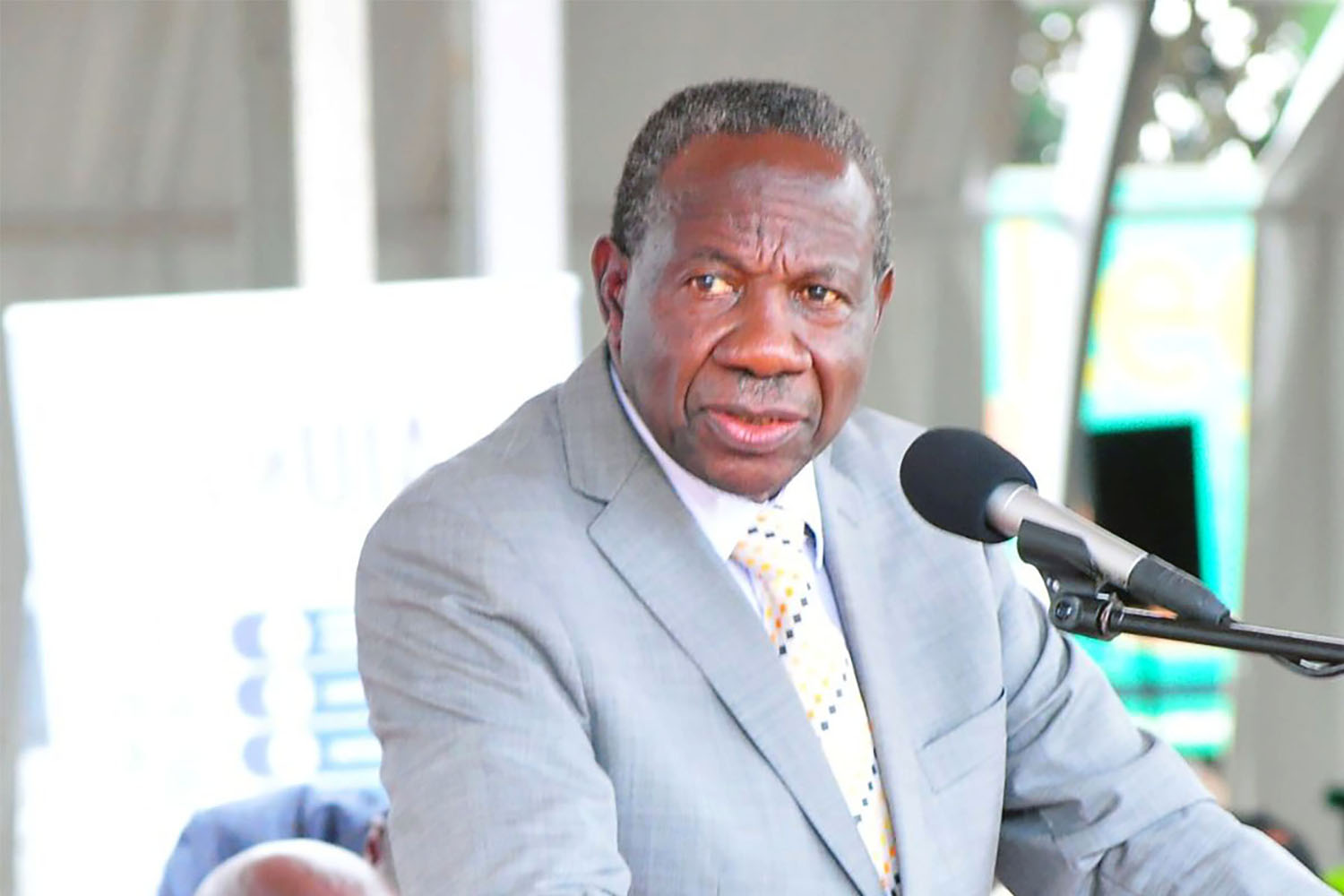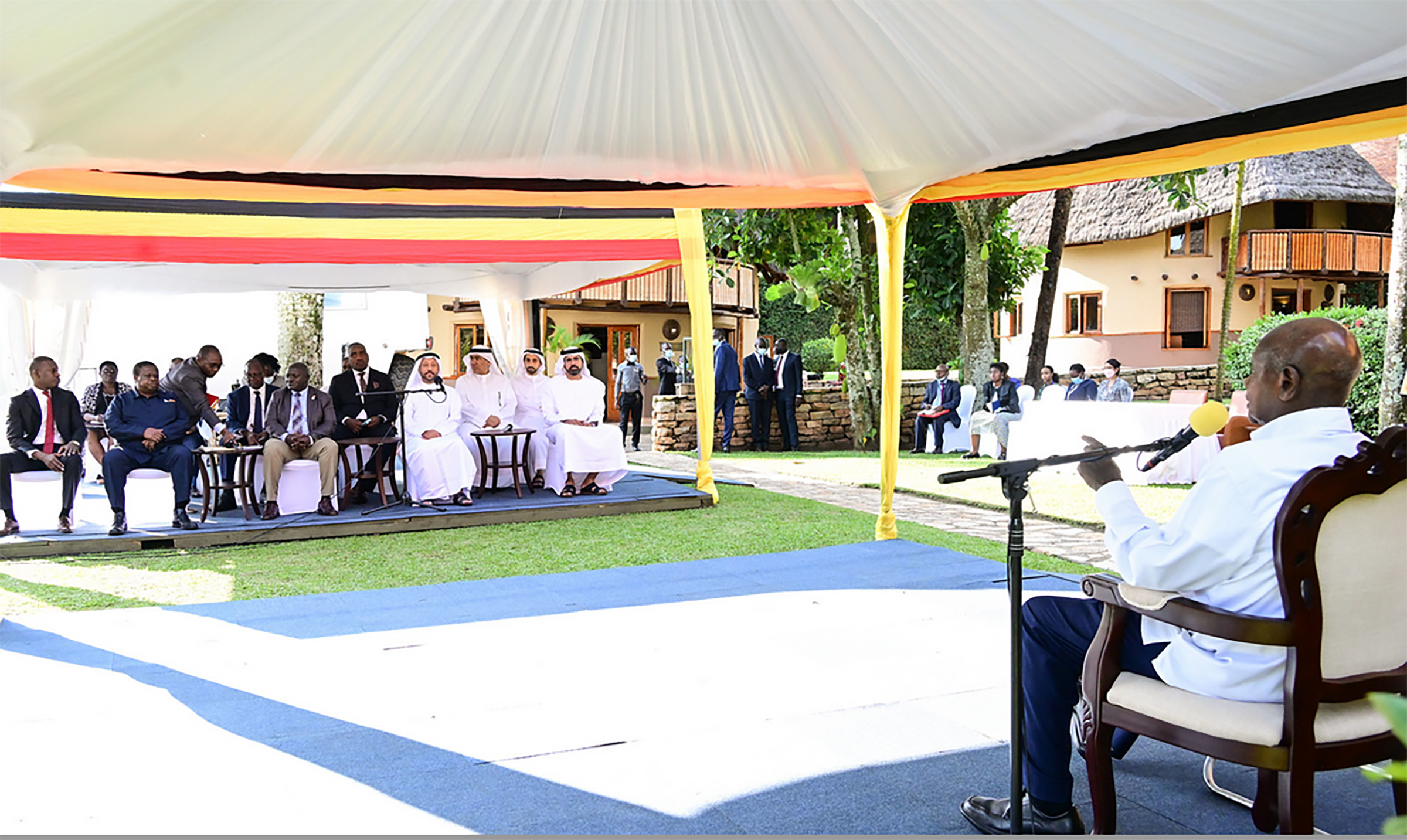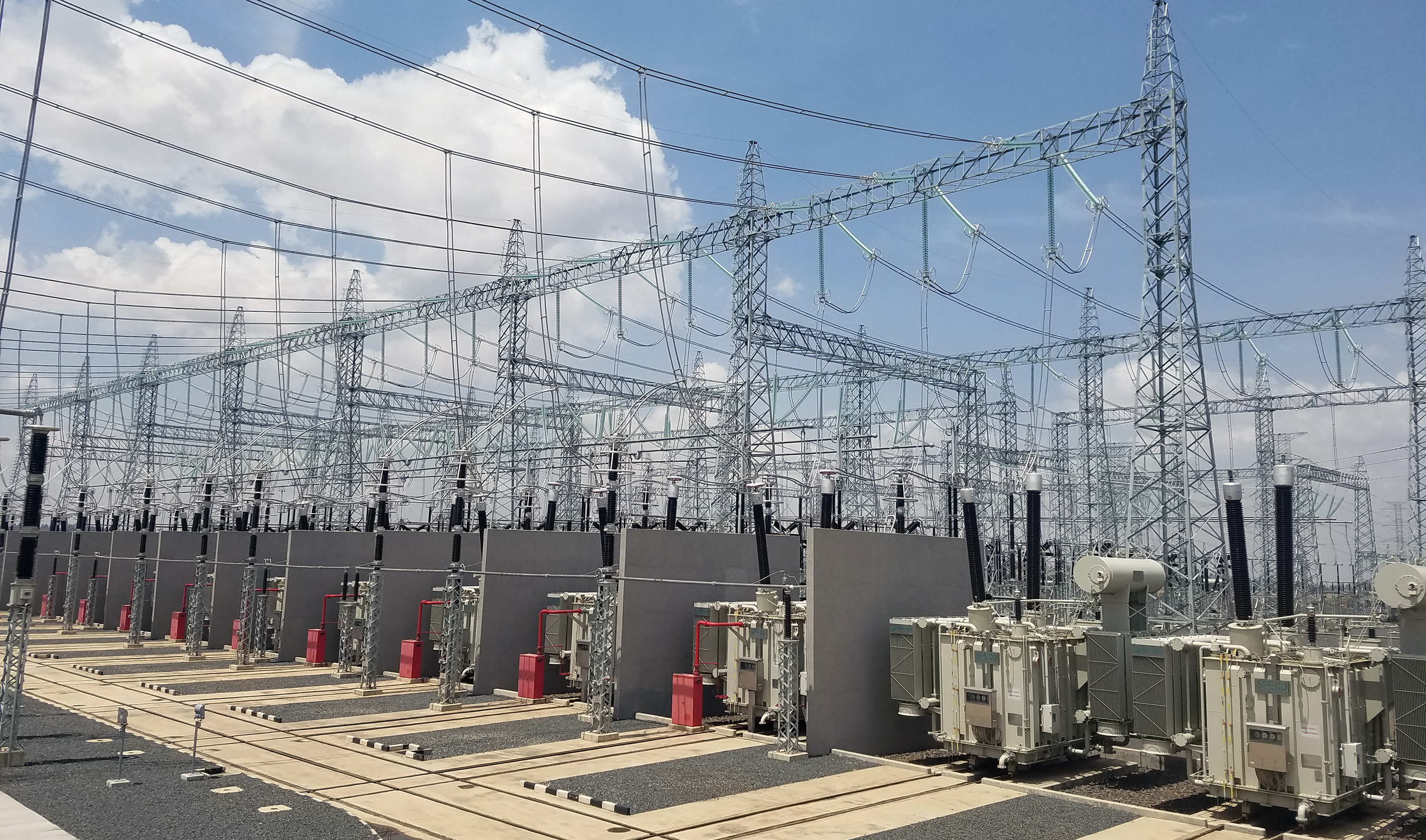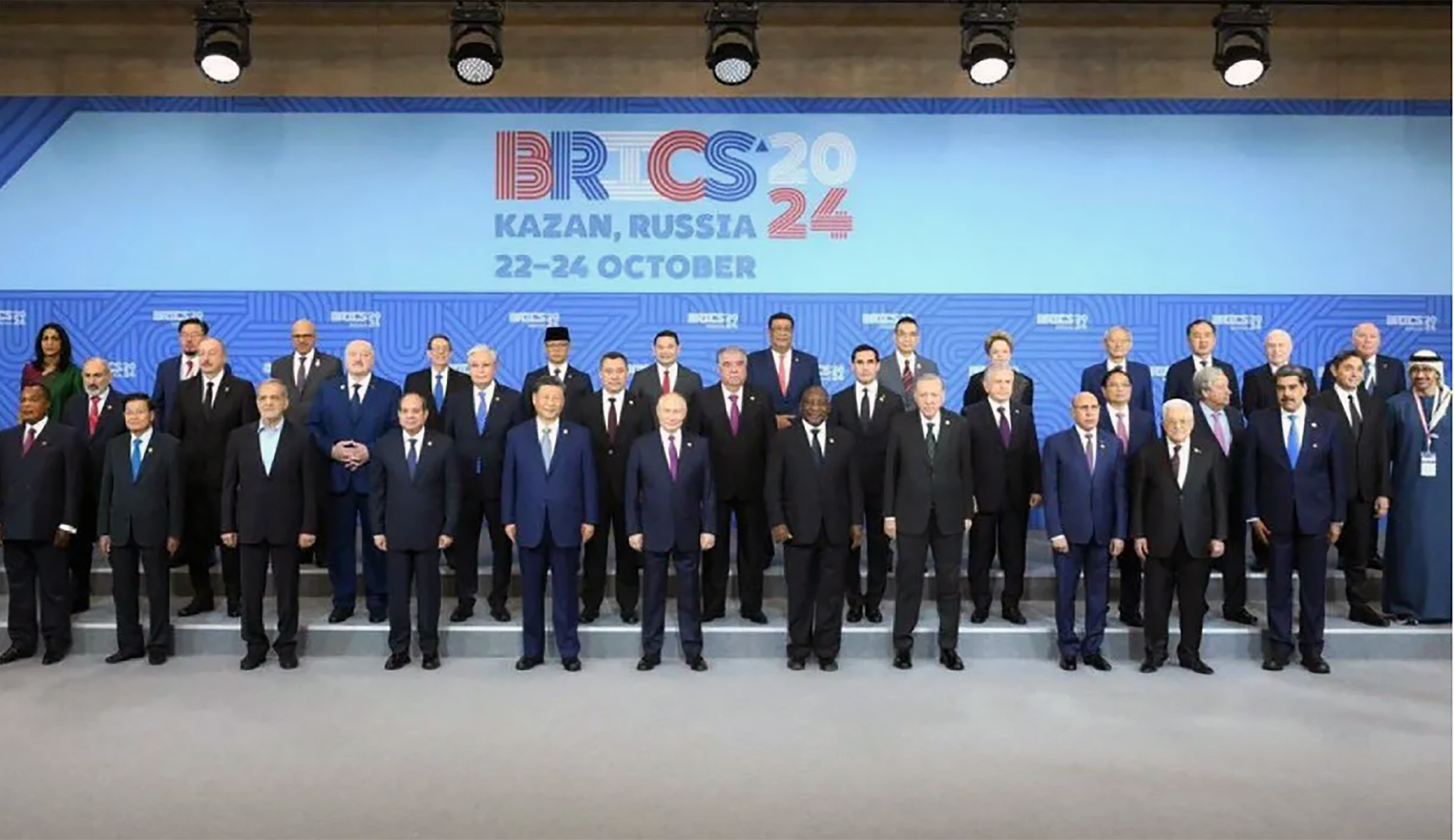World Bank boosts farmers with $350m climate project
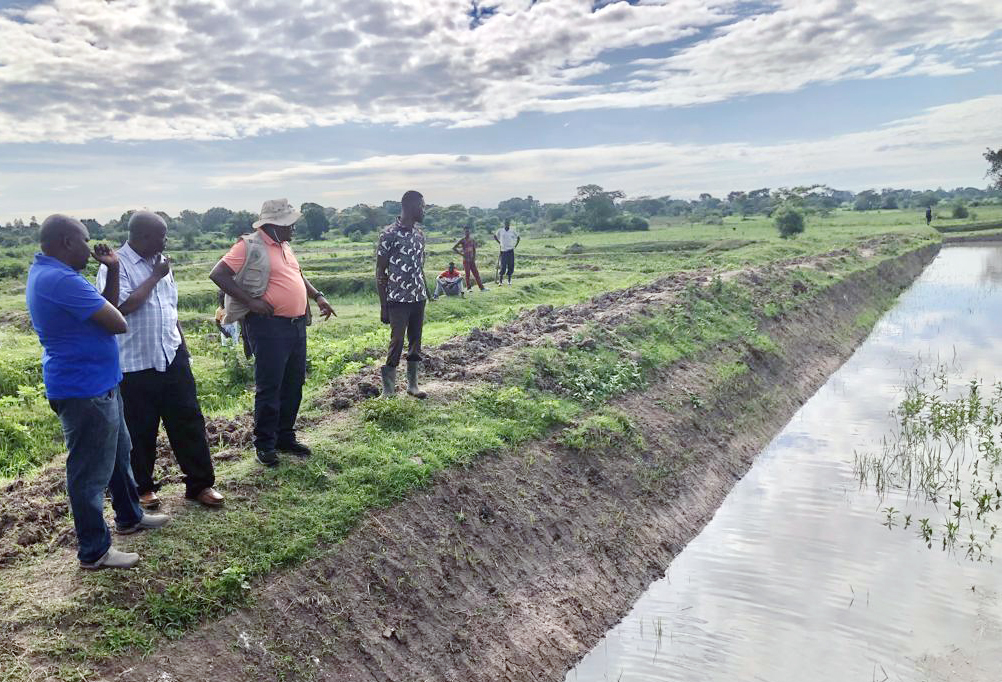
Officials inspect a fish pond in Serere District during a recent field trip. The World Bank's Uganda Climate Smart Agriculture Transformation Project is designed to enhance production and productivity, build climate resilience in selected value chains across the country.
The Ministry of Agriculture, Animal Industry and Fisheries (MAAIF), in partnership with the World Bank, is implementing the Uganda Climate Smart Agriculture Transformation Project (UCSATP) across 69 districts, including seven refugee-hosting areas.
With a budget of $350 million (approximately UGX 1.3 trillion), the project is designed to modernize agriculture, build resilience against climate change, and improve market access for more than 3.5 million smallholder farmers.
Officials told journalists on a field visit recently that the project aims to address key challenges in Uganda’s agricultural sector, such as low productivity, poor infrastructure, limited access to quality inputs, and post-harvest losses.
- According to the Uganda Bureau of Statistics, up to 68% of households depend on subsistence farming, and as much as 40% of food is lost after harvest due to poor handling and storage facilities.
Officials from MAAIF and the World Bank recently visited districts such as Kumi, Serere, and Kyegegwa to inspect infrastructure under construction, including feeder roads, irrigation schemes, and value addition centers. These investments are aimed at helping farmers access markets more easily and increase household incomes.
Dr. John Ilukor, an Agricultural Economist with the World Bank, encouraged local communities to take full advantage of the project. “The project is now left with two and a half years of implementation. It is critical that farmers, local governments, and stakeholders prepare adequately to fully benefit from the interventions being rolled out,” he said during a field visit in Kumi District
- However, local authorities expressed concerns about inadequate staffing and logistical support. “Our agriculture department is operating at just 28% of the required personnel,” a Kumi district official said. “Extension workers lack transportation, which makes it difficult to reach farmers in remote areas. We urge MAAIF to secure more funding to address these issues.”
In Serere District, officials visited the Kyere Okungoro Omikid Fish Farming Project, which has faced declining productivity in recent years.
Project leader Opolot Moses shared the group’s struggles: “In 2021, we earned UGX 3.6 million, followed by UGX3.2 million in 2022, but last year our income dropped to UGX2.1 million. We are requesting both financial support and technical training to help us recover.”
Pushina Kunda Ng’andwe, the UCSATP Task Team Leader, described the project as a timely and comprehensive government-led effort to address the most pressing issues in the agriculture sector.
“The Uganda Climate Smart Agriculture Transformation Project is designed to enhance production and productivity, build climate resilience in selected value chains, and support smallholder farmers in accessing markets to improve their incomes,” she said.
- The project supports 13 value chains across crops, livestock, fisheries, and even bees for apiculture. It introduces climate-smart farming practices and market-oriented strategies to help farmers adapt to changing conditions while increasing output and profitability.
- One key component is the rollout of matching grants and an e-voucher system, which will help farmers access subsidized seeds, fertilizers, and agrochemicals. Input dealers and service providers will be linked through a digital platform to streamline deliveries and ensure transparency.
Transportation challenges also rank high among farmers’ concerns. Poor rural roads often prevent produce from reaching markets in time, resulting in post-harvest spoilage and low prices. To tackle this, UCSATP is funding the rehabilitation of feeder roads and construction of market collection centers to shorten travel time and reduce spoilage.
“There are planned interventions to improve road access in the identified districts,” said Pushina. “Additionally, the project is addressing post-harvest challenges through investment in storage facilities, drying platforms, and processing units to enable value addition and prolong shelf life of agricultural commodities.”
“There are planned interventions to improve road access in the identified districts,” said Pushina. “Additionally, the project is addressing post-harvest challenges through investment in storage facilities, drying platforms, and processing units to enable value addition and prolong shelf life of agricultural commodities.”




.JPG)
